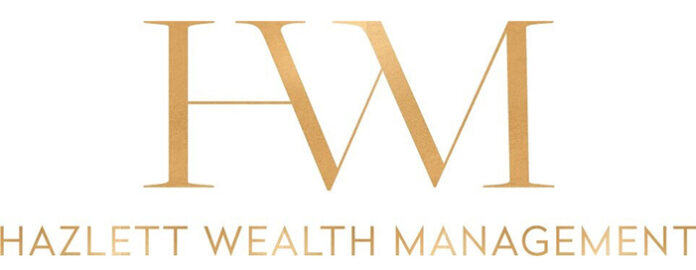By Kristin Hovencamp

Investors are rightfully concerned that efforts to reflate the economy, following last year’s depressed levels, will cause inflation to rear its ugly head. However, the Federal Reserve does not intend to raise interest rates or taper its bond-buying stimulus anytime soon. Chairman Jerome Powell confirmed, “The economy remains a long way from our employment and inflation goals, and it is likely to take some time for substantial further progress to be achieved.”
What’s the story with inflation?
Inflation is an increase in the overall price level of goods and services across the economy. “Historically, inflation has been driven by a combination of strong demand growth combined with widespread supply constraints,” explains Blackrock’s chief investment officer of Global Fixed Income, Rick Rieder. Over time, inflation reduces the purchasing power of your savings. Modest inflation is healthy for an economy. If left unchecked, inflation can get out of hand.
Is deflation in the rearview mirror?
Deflation occurs during a general decline in asset and consumer prices, often caused by a tightening in the money or credit supply. Continued price decline can create a dangerous deflationary cycle and lead to a recession. Rising unemployment, higher interest rates, a reduction in lending, and shrinking incomes are all associated with periods of deflation. To combat these effects, the Fed may commence reflationary measures.
Will reflation spark inflation?
Reflation is the act of stimulating the economy by increasing the money supply or lowering interest rates following an economic downturn. To stop deflation, the Federal Reserve will loosen its monetary policy and expand its balance sheet in hopes of fueling lending and boosting consumption. Inflation concerns heighten when prolonged easing in monetary policy is combined with a rapid surge in fiscal stimulus and too much government intervention.
What’s missing from today’s inflation equation are the usual culprits—a tight job force and rising prices. To monitor early signs of inflation emerging, set your sights on upward movement in wages, commodities, precious metals, utility stock prices, and factory utilization capacity.
Kristin Hovencamp is an Investment Executive, and Director of Business Development with HAZLETT WEALTH MANAGEMENT, LLC, independent of Raymond James and is not a registered broker/dealer. Investment advisory services are offered through Raymond James Financial Services Advisors, Inc. Securities are offered through Raymond James Financial Services, Inc., member FINRA/SIPC. 675 Sun Valley Road, Suite J1 + J2 Ketchum, Idaho 83340 208.726.0605. HazlettWealthManagement.com

